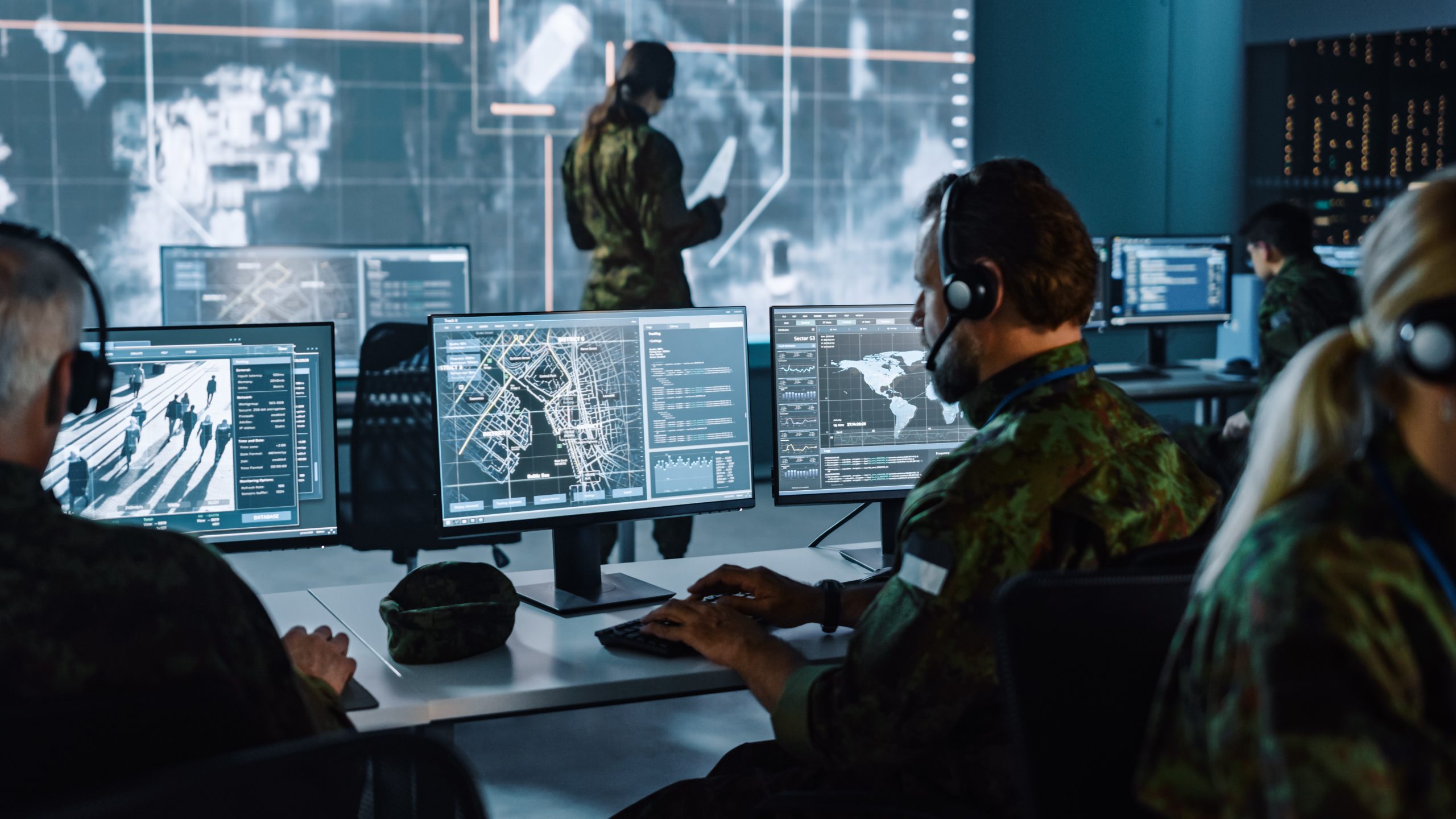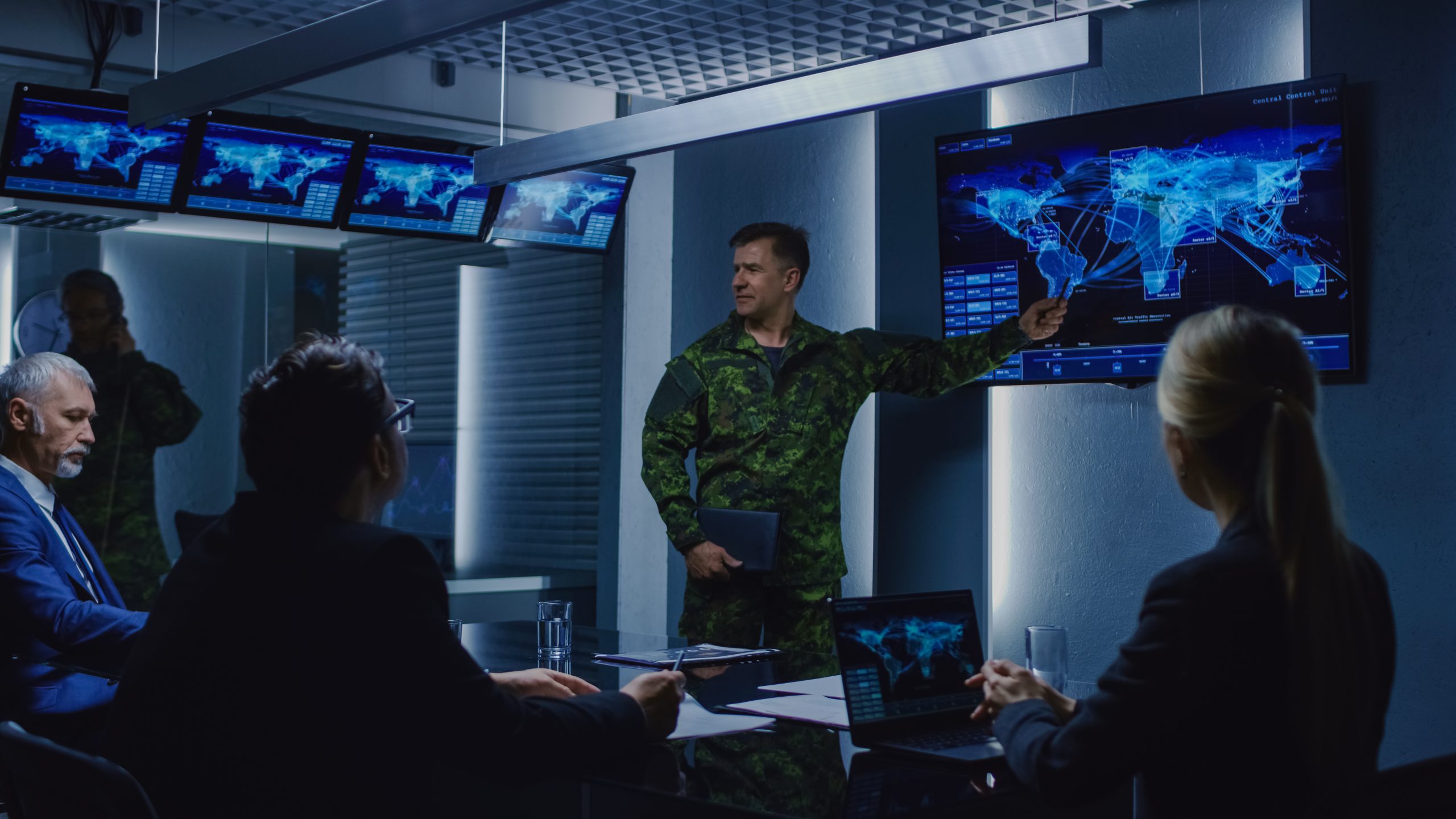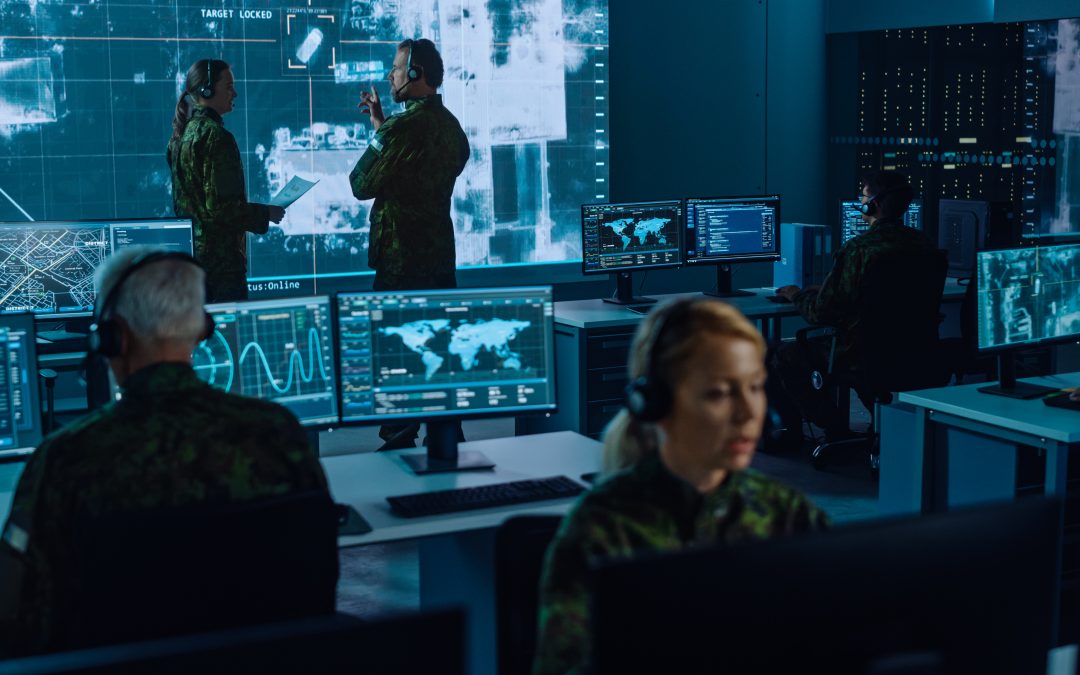Technological innovations have widely been credited for helping Ukraine even the odds against Russia’s military might. Internet protocol-based video solutions are increasingly important in getting the best insights to the right people at the right time, especially in the context of C4ISR.

C4ISR stands for Command, Control, Communications, Computers (C4) Intelligence, Surveillance and Reconnaissance (ISR). Advanced C4ISR capabilities offer players in active theaters of operation an opportunity to secure and maintain strategic and tactical advantage through enhanced situational awareness and knowledge of the adversary and environment by shortening the time between sensing and response.
We sat down with Mark Rushton, Global Defence and Security Lead at VITEC, to learn more about the evolving role of IP video capture and distribution across intelligence surveillance and reconnaissance platforms in Ukraine. Here is what he had to say:
Q How has the war in Ukraine changed the role of video and its role in supporting C4ISR?
Mark Rushton: As tragic as it is, we are in a space where video has become a crucial asset in wartime. Accessing video-based intelligence at the right time and place is a very effective method for gaining information about the constantly changing military landscape. As we have seen since the early days of the Ukrainian invasion, video plays a crucial role in showing hostile troop movements and the general disposition of the arena. Beyond simply capturing video, strategic and tactical decision-makers also benefit from the ability to quickly and appropriately share video-based intelligence. It has been critical in optimizing the efficacy of a smaller Ukrainian force by coordinating with coalition partners worldwide.
Q Since video is proving effective for quickly disseminating information to a broad audience, how important is standardization?
Rushton: In the past, video applications have been governed by military specifications that were often unique to individual countries or coalitions, which made sharing sensitive intelligence difficult. However, during the war in Ukraine, NATO has set a standard and has been able to communicate essential video intelligence with the Ukrainian military and first responders. It has enhanced the ability to attack a target while protecting — and recovering — from hostile actions.
As important as the video content itself is, there is an even more critical element: metadata. Metadata is the information embedded within video files that allow users to identify the file’s characteristics, making it easier to search, use and manage the video while confirming the accuracy, credibility and utility of the intelligence captured.
Video metadata includes the date the video was created, the creator’s name, location, date of upload, and even the camera ID. Based on these, and other critical data points, staff and leaders can validate data and ensure proper handling and dissemination of information based on policies designed to protect assets, sources and methods.
For this reason, it is important to ensure interoperability at this metadata level.

Q Are commercial off-the-shelf standards enhancing and broadening the ability to share data and improving the effectiveness of Ukraine’s defense?
Rushton: Absolutely. Streaming companies in the commercial space, such as Netflix and Amazon Prime, utilize video standards to compress data into formats that are streamed live or packaged up for efficient data downloads. Minimizing bandwidth while maintaining the best clarity and picture quality is a crucial business and economic factor.
It is also a critical issue in military theaters of operation. It is important for ISR video intelligence to be shared across a range of devices. Compression standards allow ISR infrastructures to be agnostic to the networking and endpoint environment.
As a result, while a wide variety of equipment is deployed in the field, the coalition partners supporting Ukraine can share data in a format that anybody can use. Utilizing the standardized codexes used for streaming video makes this manageable.

Q What role do metadata and standards play in sharing and controlling data?
Rushton: In wartime situations, like the war in Ukraine, it is vital to implement the most stringent security measures to protect video intelligence by securing lines of communication through encryption and other strict security practices, including proper authentication and authorization.
IP video encryption is an essential layer of security that ensures data is safe — even if it is intercepted. There are many sources of video intelligence, including data that civilians provide. Citizens who are unable — or unwilling– to flee are making considerable contributions to intelligence efforts simply by utilizing their cell phones to post videos.
To ensure their safety and ongoing participation in the intelligence-gathering process, measures must be put in place to protect citizens — as well as intelligence operatives, drone operators and military positions –. It is especially important now as Ukraine’s counter insurgence and offensive gathers steam.

Q What role is VITEC playing in providing military and security forces with the IP video solutions needed to achieve a desired outcome in the conflict?
Rushton: VITEC is a global technology leader in the IP video space. Our technologies take raw video and convert and compress feeds into data formats that can be encrypted and streamed across the data networks that support military defense efforts.
VITEC technologies are agnostic and highly efficient in terms of bandwidth utilization. This means video intelligence can easily be uncompressed, replayed, or recorded on any endpoint used by coalition partners across the different wireless networks in the field that support different data rates. In addition, VITEC software can share high-definition video in real time; regardless of the networks involved. Compared to existing offerings in the market, VITEC’s technologies enable twice as much video transmission in the same bandwidth.




